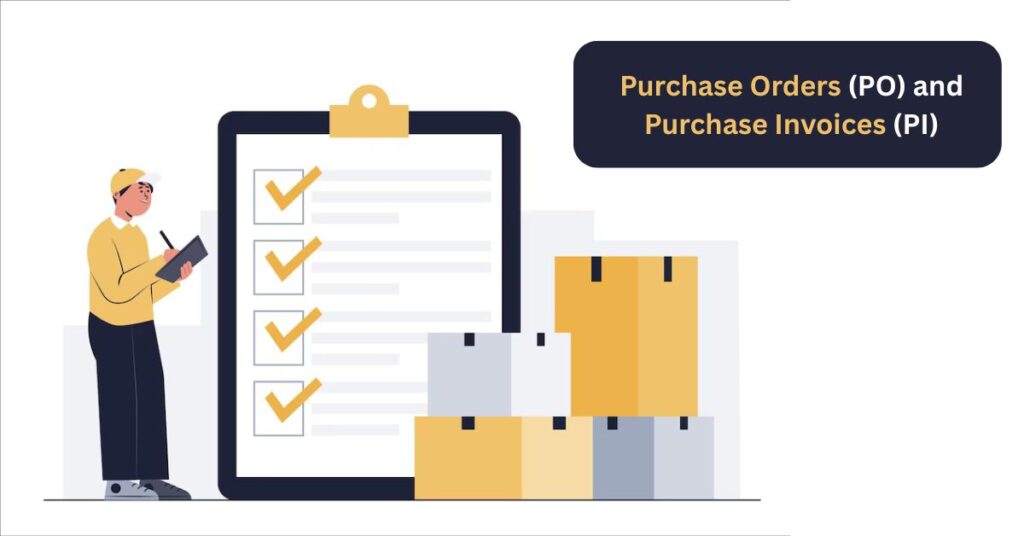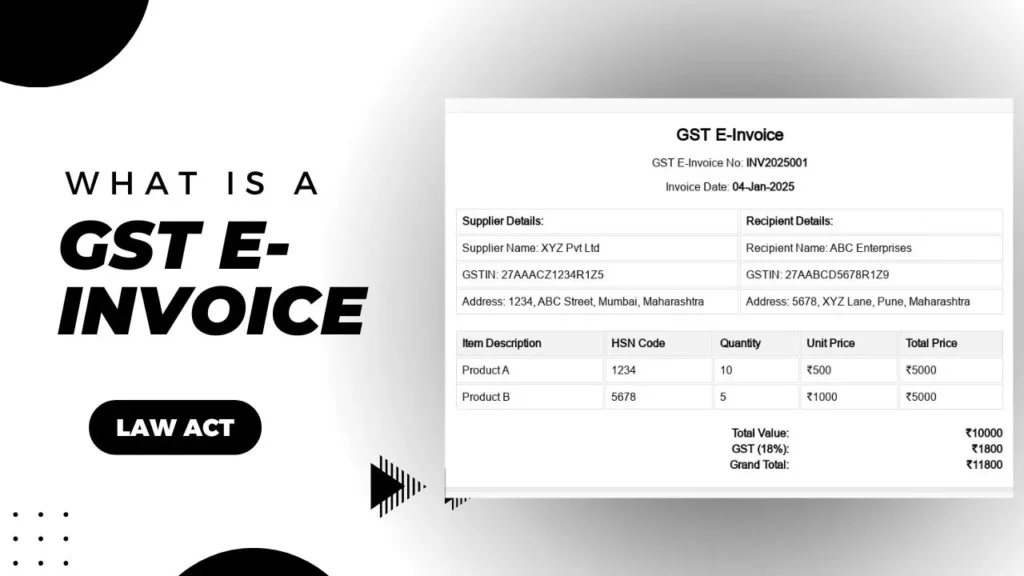Purchase orders (PO) and purchase invoices (PI) are two of the most significant documents in doing business, but the two bear more or less similarities that cause confusion between them. It is highly important to know how these two differ from each other since it will ease business operations, minimize disputes, and even enhance financial transparency. In this blog, I will elucidate the differences and similarities between purchase orders and purchase invoices, as well as why they matter.
What is a Purchase Order (PO)?
A purchase order is a document sent by a buyer to the seller, representing a form of formal application for a specified number of certain products or services. It includes crucial information, such as the number of pieces, agreed price, delivery terms, and payment terms. In response to the acceptance of its conditions by the supplier, the Purchase Order becomes a valid and enforceable contract between the parties.
Why is a Purchase Order Important?
- Legally binding agreement: The purchase order is, in itself an agreement between the buyer and seller that requires no other agreements. It clearly states the expectations of such a purchase, thus being an evasion of many disputes.
- Business Expense Management: The purchase orders help the organizations control their expenditure and budget allocations. Issuance of POs well in advance enables an organization to control costs and prevent over-expenditure.
- Proof of Purchase: POs are considered proof of the transaction. Therefore, it reflects both the buyer’s request as well as the seller undertaking to fulfill the order as requested.
- Inventory Management: Also, through the purchase order, issuing facilitates the management of the inventory of a firm in terms of identifying when to reorder and what quantities are needed.
- Improving Budget: As all the details of cost are mentioned in a PO, and the companies get an estimated complete cost of the project before payment hence, better financial planning can be achieved.
Components of a Purchase Order
- Buyer and seller information
- PO number
- Order date
- Payment terms
- Description of goods/services
- Quantity and price
- Total amount and tax

What is a Purchase Invoice (PI)?
A Purchase Invoice (PI) is issued by the seller to the buyer following delivery of the goods or services. This paper, is a document requesting payment, citing items delivered, quantities, total cost, and payment terms.
Components of a Purchase Invoice
- Invoice number
- Purchase order number
- Date of issue
- Vendor/supplier details
- Item descriptions
- Total amount and applicable taxes
Key Differences Between Purchase Orders and Purchase Invoices
These two often resemble each other but bring about very different nuances between POs and PIs:
- Timing:
- A Purchase Order is issued before the delivery of goods/services. It is what starts the transaction.
- A Purchase Invoice is issued after the delivery of goods/services, which asks for payment.
- Purpose:
- A PO is a formal request for goods or services and is regarded as being akin to a contract.
- A PI is a request for payment for goods or services already delivered, merely a record of the transaction.
- Content:
- A PO provides information regarding the requirements in terms of goods, quantities, prices, and conditions of the deal.
- A PI elaborates on the materials delivered, the total price, and the terms of payment.
- Legal Significance:
- A PO is legally binding upon acceptance by the seller.
- A PI is essentially an accounting document but may be made to carry legal implications for tax and account purposes.
Similarities Between Purchase Orders and Purchase Invoices
Although POs and PIs differ in many ways, they share a few common characteristics:
- Business Information: All the information in the two documents contains important identification about the business name of both the buyer and seller, including his contact information and address.
- Legal Importance: It holds critical importance to the legality in that both documents would guarantee the smoothness of the transaction and may be referred back in case of audit or disputes.
Why Do Businesses Need Both?
For businesses, purchase orders and purchase invoices play important roles in maintaining efficient and well-organized transactions. The purchase order ensures the tracking of purchases once the purchase order has been placed. On the other hand, the purchase invoice ensures that documentation of payments is made at the right time.
Managing POs and PIs Efficiently
The more extensive the scale of a business, the more work POs and invoices could be when running this can easily become erroneous. Now, Marg ERP provides an electronic solution that will make things easy, and auto-generate, track, and manage POs along with PIs. Besides saving much time, it will reduce costly mistakes.
Conclusion
The more business operations go on, the more important understanding the PO and PI becomes. Transparency and budget control will be followed by the process of procuring the POs, so payment tracking and completion are ensured through PIs. Through automated solutions, a corporation may now easily manage POs and PIs for efficient service provision and minimal errors.
Also Read:
Frequently Asked Questions
What is a Purchase Order (PO)?
A Purchase Order (PO) is an official order written by the buyer to a supplier for specific goods or services. It should carry information such as item descriptions, quantity, price, and delivery terms.
What does the main purpose of a Purchase Invoice (PI) entail?
A purchase invoice is issued by the seller after delivering goods or services and asking the buyer to make the required payment while including all relevant information, as it reports the transaction, items delivered, costs, and payment terms.
How is a Purchase Order different from a Purchase Invoice?
A PO is issued prior to the delivery of a good or service; on the other hand, a PI is issued after delivery of the good or service to request payment. Therefore, the PO initiates the transaction, while the PI terminates it by requesting the payment.
Under what circumstances can a Purchase Order be utilized?
The purpose of a Purchase Order is to raise in case a buyer requires goods or services from a supplier. In this document, the two parties agree to the terms before filling it out.
Why will a Purchase Invoice be beneficial to firms?
A Purchase Invoice is important for it shall be a request for payment and records of the transaction, thus easily tracing payments, deliveries, and proper financial records in the business sectors.
Is a Purchase Order legally binding?
Of course, a Purchase Order becomes legally binding once accepted by the seller. A Purchase Order is how the sellers would agree on the terms including price, delivery date, and conditions for payment.
What does the information for a Purchase Order encompass?
The information in a Purchase Order entails information about the purchasing and selling entities, PO number, item descriptions, quantities, and prices, as well as delivery dates and terms of payment.
What budgeting advantages do Purchase Orders provide?
Purchase Orders help in the budgeting process in companies. This is because Purchase Orders result in a clear account of items and costs involved in the purchase. The outcome is easier tracking of costs, which leads to better planning for budgets.
Can digital tools handle the Purchase Orders and Purchase Invoices?
Yes, it is through digital tools like Marg ERP which helps in making, managing, and tracking the Purchase Orders and Invoices thereby saving time and not having errors on a business.
But what if there is a deviation between the Purchase Order and the Purchase Invoice?
In case a difference is observed between the PO and a Purchase Invoice, the firm can refer back to the PO as the differences will be adjusted. A PO acts as a reference number ensuring that the goods or services received match the original request.



